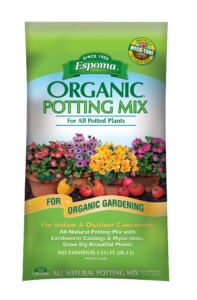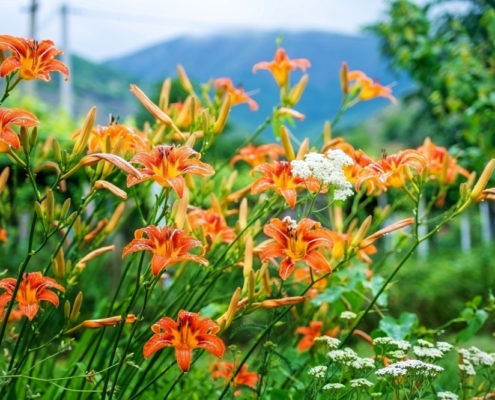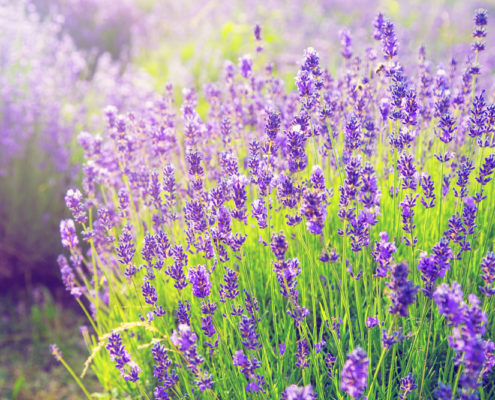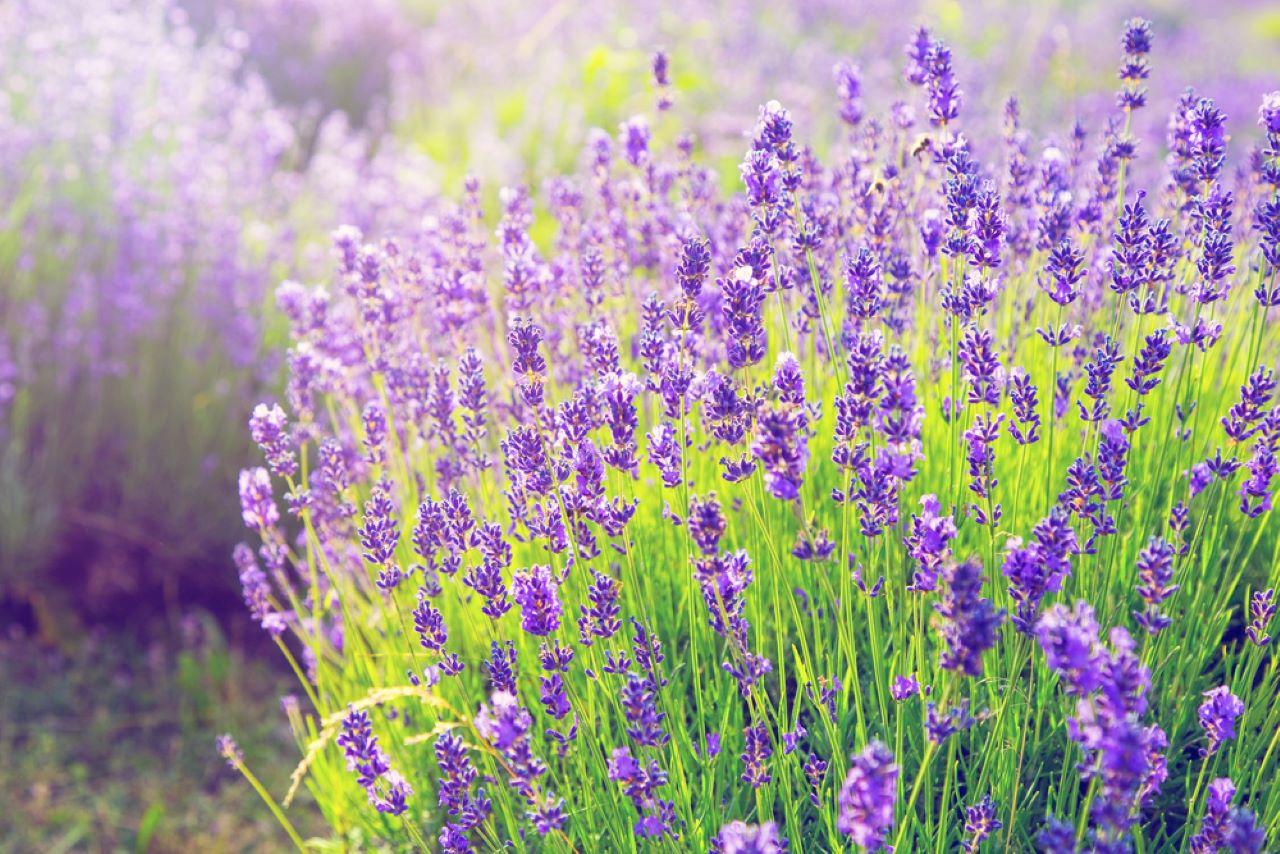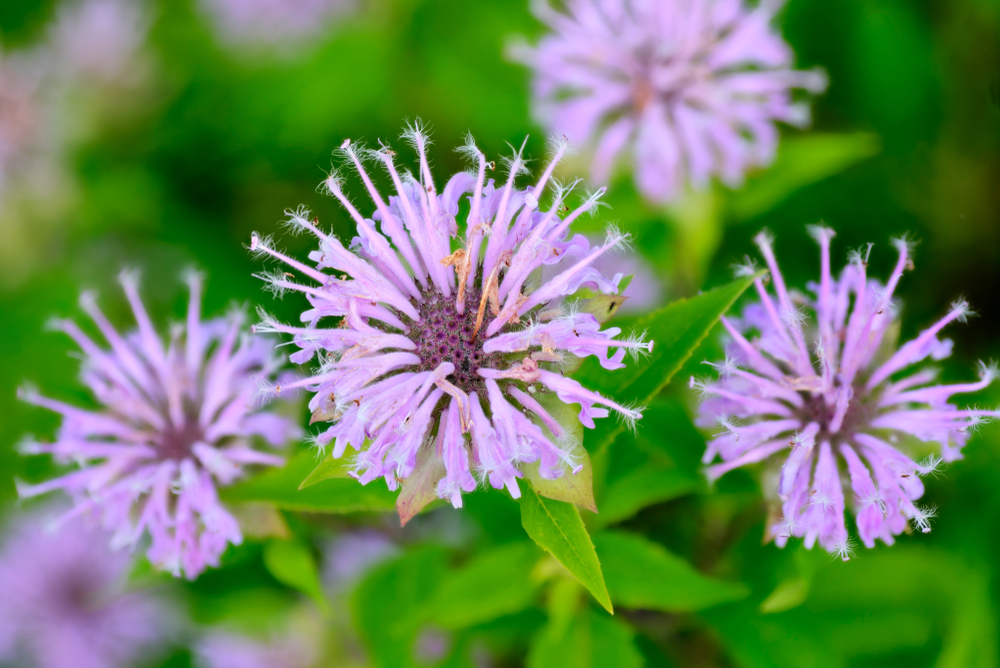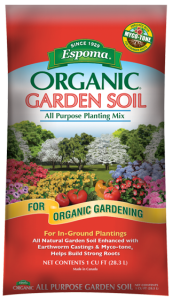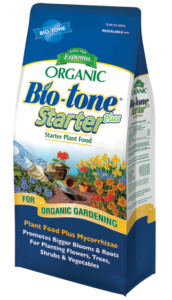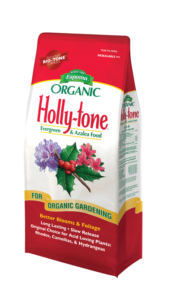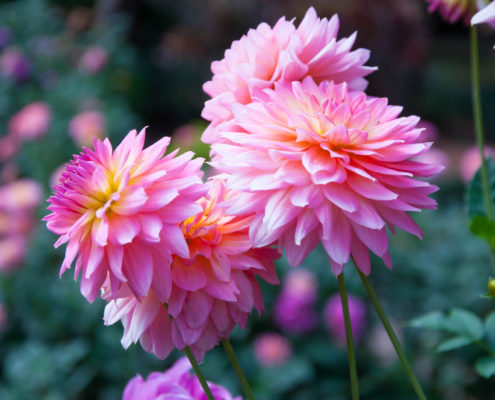Beautifully flowering hydrangeas are a telltale sign of summer. The white, blue, pink or purple flowers paired with bright green foliage look gorgeous in every summer garden.
With big colorful blooms and beautiful green foliage, summer’s favorite flower makes a bold statement in any garden.
Hydrangea Basics
Besides their obvious beauty, there are some facts about hydrangeas worth knowing before embarking on your hydrangea garden journey. With many varieties of the hydrangea species, it is important to keep in mind which ones thrive in your zone and garden. For example, if you live in a cool zone, the Smooth Hydrangea (Hydrangea arborescens) is a great choice to add to your garden.
Hydrangeas are acid-loving plants. To keep your hydrangeas happy use Espoma’s Organic Holly-Tone to fertilize. You can even adjust the acidity of the soil to change the color of some hydrangeas. Do you prefer blue to pink? It’s easy to enjoy a garden full of blue hydrangeas by simply decreasing (lowering) the pH of the soil. We recommend amending your soil with Espoma’s Soil Acidifier to help turn your hydrangeas blue.

Hydrangeas in containers
Short on space? No problem! There are several varieties that will thrive in your small space. Our Hydrangea Variety Guide will help find the right dwarf hydrangea to put in your containers.
Next, find a spot that matches the amount of light they need. Be sure to use a good quality potting soil such as Espoma’s Organic Potting Mix. Choose a container that is 1/2 or 1/3 bigger than the plant itself. It is important that the plant does not get crowded in its container. The last step is to water well and most importantly, enjoy the big beautiful blooms!

Don’t settle for bushes. Grow a tree!
While we’re typically used to seeing low growing hydrangea bushes, how great would it be to see hydrangeas on trees? Well, the good news is, you can! Hydrangea paniculata, also known as Grandiflora, produces white conical flowers instead of big spherical blossoms. With some pruning and proper care, it can grow up to 25 feet tall! Grandiflora, known among gardeners as Pee Gee Hydrangea, is your best bet for growing a hydrangea tree. Check your hardiness zone, as hydrangea trees thrive in USDA plant hardiness zones 5 through 8a. Hydrangeas prefer full sun for most of the day and a bit of afternoon shade, so be sure to choose a generally bright spot.
One of the most important parts of growing a hydrangea tree is pruning. The main difference between a hydrangea shrub and a tree is training, pruning and proper care.

Friends that bloom together stay together
Hydrangeas make great companion plants. Pair them with delicate foliage, bold flowers or subtle ornamental grasses for an extra pop of color in your garden. Pair with shrubs, flowers and grasses for a look that pleases.
Begonias and geraniums are beautiful flowers that come in many different shades making them a perfect companions for hydrangeas. Create a colorful rainbow garden by pairing blue hydrangeas with pink geraniums or white hydrangeas with scarlet begonias. Whichever you choose, look for companion plants that bloom around the same time.

Photo courtesy of Proven Winners
Multi-size, multi-color, and just plain beautiful
When we picture hydrangeas — with their larger-than-life blooms and immense foliage — we naturally envision large plants. Believe it or not, hydrangeas come in not one, not two, but three sizes! Dwarf varieties are petite beauties that pack a powerful punch. Scroll through our Hydrangea Variety Guide to find the right dwarf or full-size hydrangea for you.

Hydrangea appreciation
Appreciate your hard work growing your hydrangea garden by putting together hydrangea bouquets to decorate your home, creative art projects, making a hydrangea wreath, or dry them out for year-round arrangements! There is no end to the beauty your hydrangeas will bring to your garden and your home.
Espoma Products Hydrangeas will Love:

